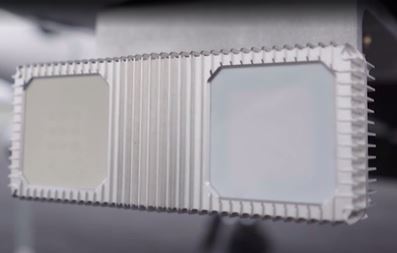Boeing recently conducted a flight experiment to test the concept of expanding radar capabilities to unmanned aircraft systems (UAS) at the headquarters of Aurora Flight Sciences, a Boeing subsidiary, in Manassas, Va.
“Boeing’s airspace access solution is already used around the world,” said Jim Bray, project manager. “This flight experiment adds a small airborne radar to improve the comprehensive safety case we can offer our customers.”
The addition of an airborne radar to Boeing subsidiary Insitu’s Inexa Access – Ground Detect and Avoid system creates a common operating picture that enables UAS operators to better visualize the surrounding air traffic and ensure they stay well clear of other aircraft.
The Boeing team equipped an Aurora Centaur optionally-piloted aircraft with a small radar to serve as a UAS surrogate mimicking Insitu’s ScanEagle3. Using a second Centaur and Cessna 172 as “intruder” aircraft within the same airspace, the team flew collision-type flight profiles and recorded the data.
GPS data from all three aircraft allowed the team to determine the accuracy of the aircraft location data derived from the airborne radar.
The radar technology used in this experiment comes from Fortem Technologies, Inc., a Salt Lake City, Utah-based company developing advanced radar systems for unmanned and manned aircraft. Boeing HorizonX Ventures invested in Fortem to support the growth of its airspace awareness solutions that ensure safe operations of UAS.
For more information
http://www.boeing.com/features/2018/12/on-the-radar.page




